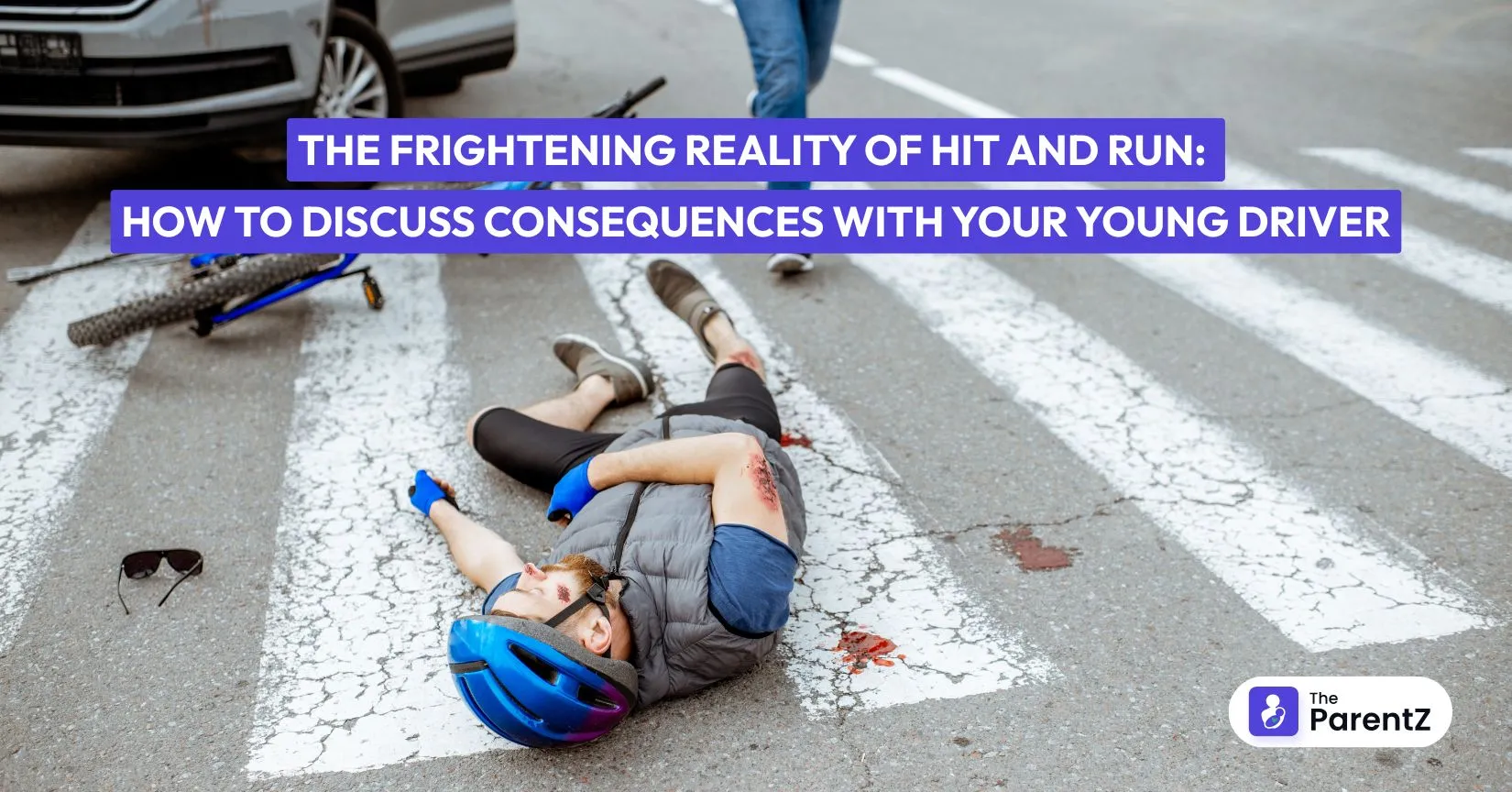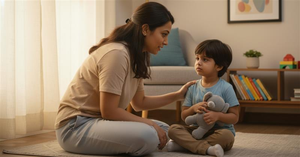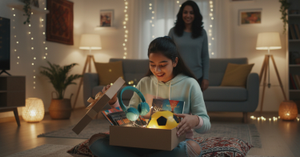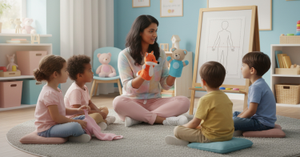It happens all too often. A phone rings in the middle of the night. A parent answers to hear their teenager's trembling voice: "I hit something... I panicked and kept driving. Now I don't know what to do."
This nightmare scenario plays out thousands of times each year—one that many parents never prepare their children to handle.
The moment your teen gets behind the wheel, they're one distracted second away from a life-altering decision. Will they stop and face what happened, or will fear take the wheel?
The statistics are sobering. In India alone, 2022 saw 67,387 hit-and-run incidents, claiming 30,486 lives—the highest toll in a decade. Each number represents both a victim and someone who made the catastrophic choice to flee.
As parents, we drill our kids about texting while driving and wearing seatbelts. Yet many of us never have the crucial conversation about what to do in those first panicked moments after an accident—when adrenaline is pumping, judgment is clouded, and one wrong decision can change everything forever.
Why Do Hit-and-Runs Happen?
Hit-and-runs typically happen because of fear:
- Fear of consequences
- Fear of confrontation
- Fear of legal troubles
- Fear of parental punishment
- Impairment from alcohol or drugs
- Shock and panic
When your teen is behind the wheel for the first time, their inexperience compounds these fears. A minor fender bender can feel like the end of the world to them. The instinct to flee might be overwhelming, especially if they've never been prepared for such a scenario.
What Your Teen Driver Needs to Know If They're Involved in an Accident
Sit down with your teen and walk through exactly what to do:
- STOP. Always. This isn't optional—it's both a legal and moral obligation.
- Take deep breaths. Panic makes everything worse. Teach them to take three deep breaths before doing anything else.
- Check for injuries. First themselves, then others involved.
- Move to safety. If possible, vehicles should be moved out of traffic.
- Call emergency services. In serious accidents, this is non-negotiable.
- Exchange information. Names, contact details, insurance information, and vehicle details.
- Document everything. Take photos of all vehicles from multiple angles, the surrounding area, and any visible injuries.
- Call you. Assure them that while you might be upset about an accident, you'll be far more disappointed by them running away from responsibility.
The Real Consequences of Fleeing
Make sure your teen understands that running away doesn't solve anything—it creates bigger problems:
- Legal consequences: Hit-and-run is a serious crime. Depending on the severity, it could mean hefty fines, license suspension, or even jail time. A momentary bad decision can result in a permanent criminal record.
- Moral weight: Many hit-and-run drivers report being haunted by guilt for years after the incident, especially if someone was injured.
- Escalation of charges: What might have been a minor accident becomes a serious crime the moment they drive away.
In these cases, not only do victims lose their chance at timely help, but the perpetrators often escape justice, emboldening others to do the same.
What Your Teen Driver Needs to Know If They Witness a Hit-and-Run
Bystanders play a crucial role in these situations. Teach your teen to:
- Safely observe. Get the vehicle description, license plate, and direction of travel if possible.
- Call emergency services immediately.
- Assist victims if safe to do so. This could mean providing basic first aid or simply offering comfort.
- Be a good witness. Stay to give a statement to the police.
What Your Teen Driver Needs to Know If They're a Victim
Unfortunately, with rising numbers, your child might someday be on the receiving end of a hit-and-run, whether as a pedestrian, cyclist, or driver. Teach them to:
- Prioritize safety and medical needs first.
- Record everything they can remember about the vehicle and driver.
- Look for witnesses and security cameras nearby.
- Contact the police immediately.
- Notify you or another trusted adult.
- Ask strangers for help in emergencies; most people want to help, especially in a crisis.
Real-Life Scenarios to Discuss
These conversations shouldn't be theoretical. Talk through specific scenarios:
Scenario 1: "You're backing out of a parking space and hit another car. No one seems to be around."
The right response: Leave a note with contact information, take photos, and report it to the property management if applicable.
Scenario 2: "You're driving home after curfew and hit a mailbox in a residential area."
The right response: Stop, knock on the door of the house, and take responsibility. If no one answers, leave contact information.
Scenario 3: "You witness someone hitting a pedestrian and driving away."
The right response: Get the license plate if possible, call emergency services immediately, and stay with the victim until help arrives.
Starting the Conversation
How do you bring this up without scaring your teen? Try these approaches:
- Use news stories as conversation starters
- Talk through scenarios during driving lessons
- Share your own experiences with accidents or near-misses
- Practice responses together like you would practice fire drills
Conclusion
The hard truth is that accidents happen to everyone eventually. What defines character isn't avoiding all mistakes—it's how we respond when they occur.
Make sure your teen knows that no matter what happens, facing consequences immediately is always better than compounding mistakes by running away. Promise them that while you might be upset about an accident, you'll stand by them through the process of making things right.
By having these honest conversations now, you're not just teaching your teen about traffic safety—you're teaching them about integrity, responsibility, and courage in difficult moments. These lessons extend far beyond the driver's seat into every aspect of adult life.
Remember: in the split second after an accident, your voice in their head might be the difference between a bad day and a life-altering mistake. Make sure that voice is clear, calm, and unwavering about doing the right thing.








Be the first one to comment on this story.